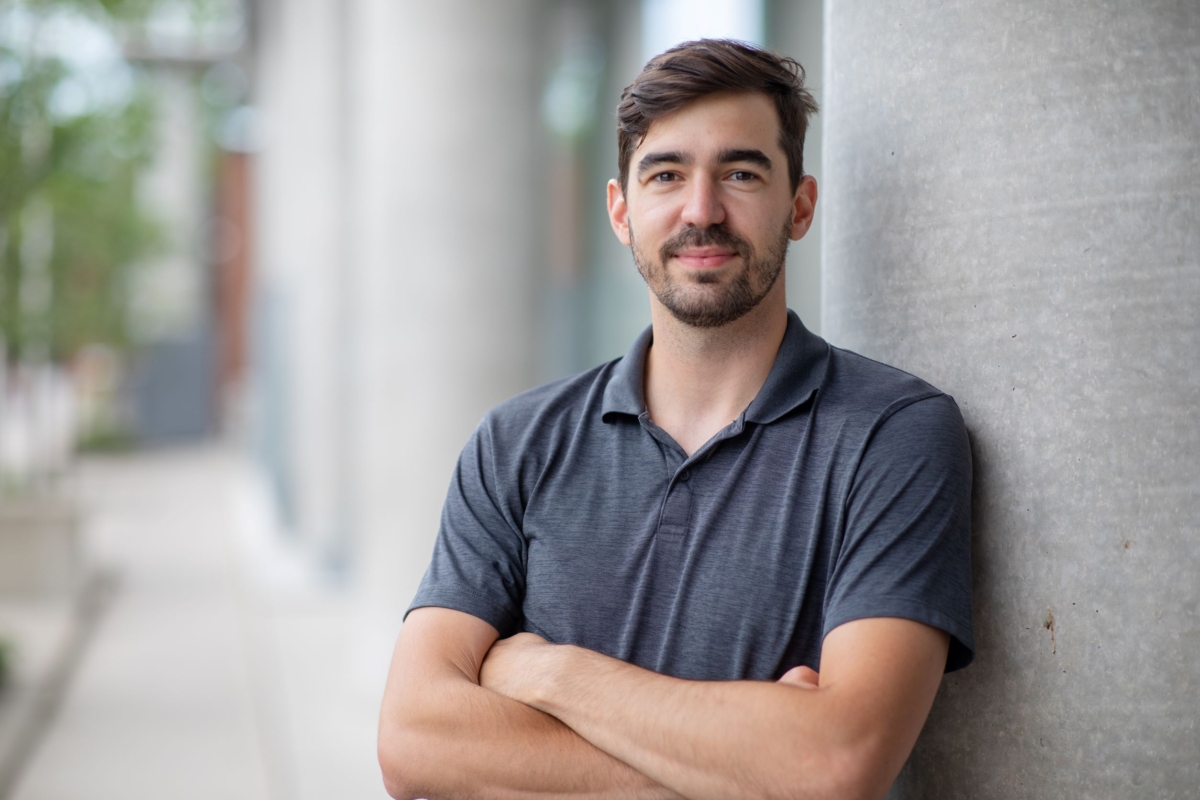In the longest follow up study known to date, the Canadian Concussion Centre shows that bodychecking is the most common cause of persisting concussion symptoms (PCS) among youth under 18. Raising the age of bodychecking in hockey could help reduce the risk of serious brain injury among youth. (Photo: Getty images)
It is often said that youth “bounce back” easily from injury. Not so when it comes to those that affect the brain as shown by new research published in The Canadian Journal of Neurological Sciences by the Canadian Concussion Centre at Toronto Western Hospital.
In the longest follow-up study known to date, a research team monitored young concussed athletes who suffered persisting concussion symptoms (PCS) over a 20–year period. Their findings suggest further action could be taken in youth sports – particularly hockey – to protect the brain health of young athletes.
“Among our patients, we discovered that bodychecking – the practice of physically crashing into your opponent – was the most common cause of concussions and PCS,” says Dr. Charles Tator, Director, Canadian Concussion Centre and lead author of the study.
“Given the young age of the patients we studied, these findings suggest that raising the age of permitted bodychecking in hockey would go a long way to prevent permanent injury from concussion.”
In the study, the research team followed 87 concussed ice hockey players aged 10 to 18, including 66 males and 21 females, who were referred to the Concussion Clinic at Toronto Western Hospital from 1997 to 2017.
PCS includes concussion symptoms such as headaches, dizziness, fatigue, and many more that can last weeks, months, and even years after initial injury. It occurred in approximately 80 per cent of these players and lasted at least one month to 168 months (14 years) in males, and three months to 26 months in females – based on how the players were at their last check up.
“Of these, almost 40 per cent of concussions were the result from bodychecking in boys’ and girls’ hockey, and had the most prolonged disability from PCS with an average duration of 12.3 months,” notes Dr. Tator. “Although some might argue this is a small sample size, it clearly indicates an association between aggressive physical contact and long-lasting brain injury, and that more can be done to protect young athletes.”
Bodychecking is now permitted in male youth hockey leagues starting at the age of 13. Dr. Tator and the research team suggest raising the age to 18 years would prevent the majority of bodychecking concussions and, potentially, several years of suffering from PCS.
Bodychecking was banned in women’s hockey worldwide in 1990 by the International Ice Hockey Federation, with Canada adopting this ban at all levels of women’s hockey.
The Canadian Concussion Centre is one of very few research centres focused on the long-term consequences of concussion ranging from PCS to chronic traumatic encephalopathy (CTE). Clinician researchers try to follow patients “forever” by visit or questionnaire to see how long their symptoms last and what treatments can help shorten the duration of suffering.
“Once an individual sustains a serious injury to the brain, it not only puts them at risk for more serious or even permanent injury, but it can also end their ability to play sports,” notes Dr. Tator.
“We owe it to our kids to keep sports as fun and as safe for them for as long as possible.”



